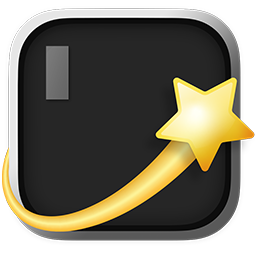

 Tinkerwell
Tinkerwell
Documentation
You can customize the application context menu and add custom entries to it.
To get started, create a folder called .tinkerwell in the application directory where you want to customize the context menu.
Then you can create a new file called CustomTinkerwellDriver.php.
This is how the default content could look like:
use Tinkerwell\ContextMenu\SetCode;use Tinkerwell\ContextMenu\Separator; class CustomTinkerwellDriver extends LaravelTinkerwellDriver{ public function contextMenu() { return array_merge(parent::contextMenu(), [ Separator::create(), SetCode::create('My custom entry', <<<'code'// Hello from Tinkerwell!// This code will be preselected when you choose this context menu entrycode), ]); } }Depending on which framework/application your app is based on, you will need to extend the correct Tinkerwell driver. You can find a list of all available Tinkerwell drivers on GitHub.
A separator in the context menu.
Separator::create();A simple label that displays textual information in the context menu:
Label::create('This is the label text');The OpenURL class can be used to open a specific URL in the browser, once the user clicks on it.
OpenURL::create('Documentation', 'https://tinkerwell.app');The SetCode class can be used to automatically pre-fill the Tinkerwell code area with specific code snippets. The code will not automatically be executed.
SetCode::create('Hello World', 'echo "Hello world";');Last but not least you can group multiple context items into a Submenu.
Submenu::create('This is a submenu', [ Label::create('Entry 1'), Label::create('Entry 2'), Label::create('Entry 3')]);